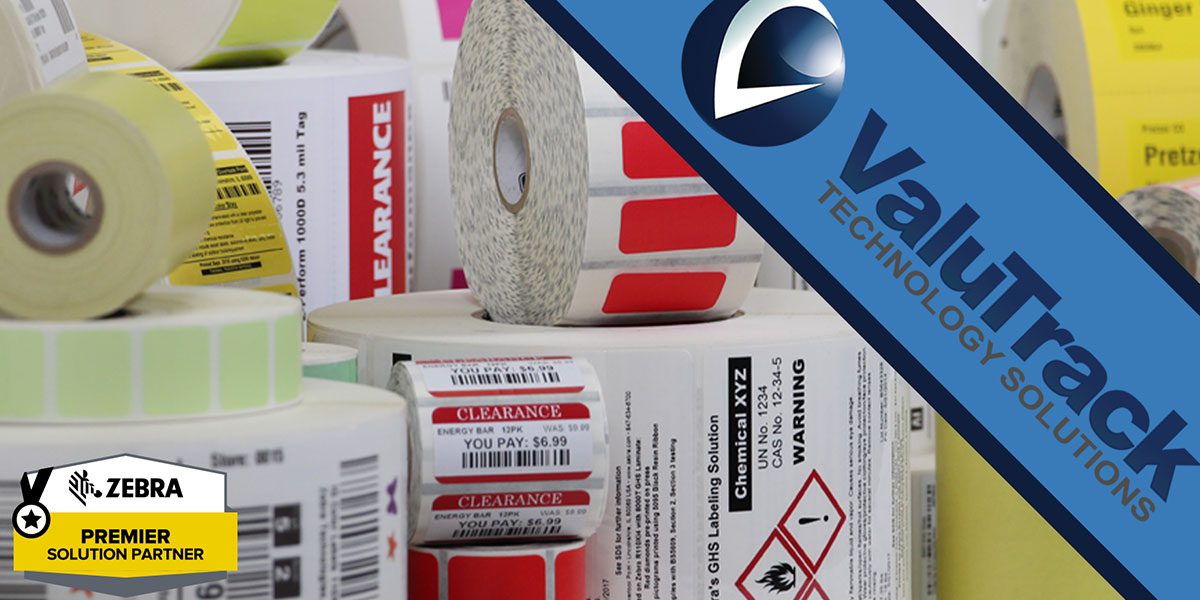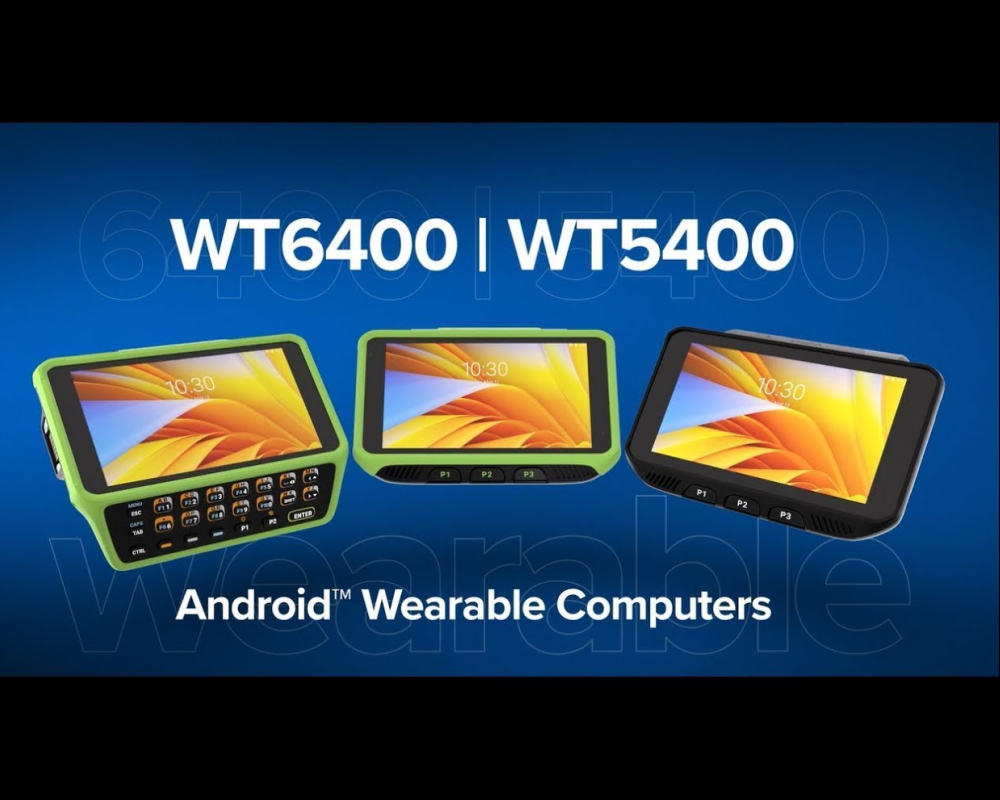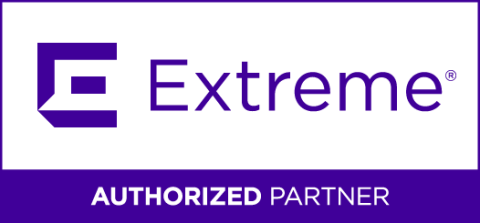Many people might think they know all the differences between these two labels, but we’ve found that some people still get them mixed up. The difference? Well, each labeling method uses a thermal printhead that applies heat to the surface being marked. However, direct thermal printing uses chemically treated, heat-sensitive media that blackens when it passes under the thermal printhead, while thermal transfer printing uses a heated ribbon to produce durable, long-lasting images on a wide variety of materials.
Direct thermal labels do not require a ribbon to print, making them ideal for applications in which confidentiality is critical. Direct thermal media is coated with a heat-sensitive layer that is imaged through direct contact with the print head. This process uses heat to start a chemical reaction within the label itself and the result is a pattern of black dots forming text, barcodes, or graphics.
Thermal transfer labels are great to use in environmentally demanding applications, where labels must stand up to conditions such as heat and sunlight. Thermal transfer printing technology uses thermally sensitive ink ribbons to produce bar codes that are both visible light and infrared scannable.
ADVANTAGES OF DIRECT THERMAL PRINTING:
-
Direct thermal printing produces sharp print quality with good scannability.
-
Direct thermal is ideal for applications requiring only a short shelf life — meaning the label image does not need to last very long.
-
Shipping labels and receipts are ideal applications, for instance, while product labels are not.
-
Direct thermal printers are simple to operate compared to most other print technologies because there is no ink, toner, or ribbon to monitor or replenish.
-
With no supplies to replace other than the material to be printed, long-term maintenance costs remain low.
-
Direct thermal enables batch or single-label printing with virtually no waste.
-
With recyclable materials available, direct thermal printers offer an environmental economy.
-
Direct thermal printers are typically built more durably than dot matrix or laser printers, allowing reliable operation in industrial as well as office applications.
ADVANTAGES OF THERMAL TRANSFER PRINTING:
-
Thermal transfer delivers crisp, high-definition text, graphics, and barcode print quality for maximum readability and scannability.
-
Thermal transfer printing produces long-life image stability.
-
The thermal transfer enables batch or single-label printing with virtually no waste.
-
Long-term maintenance costs are low compared to dot matrix, inkjet, and laser printing.
-
Thermal transfer technology can print on a nearly unlimited variety of media stock (except multi-form).
-
Thermal transfer printers are typically built more durably than dot matrix or laser printers, allowing reliable operation in industrial as well as office applications.









